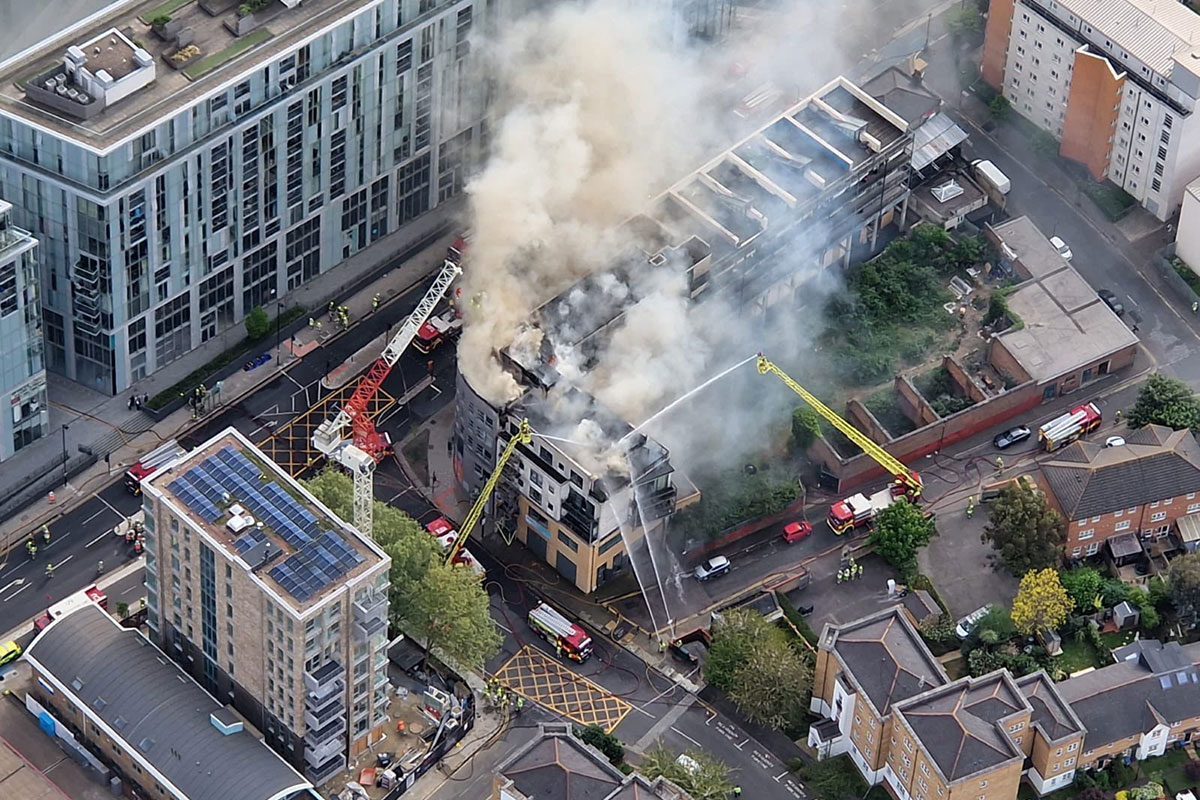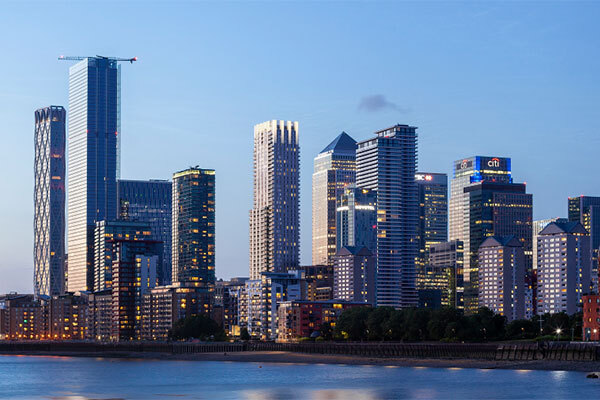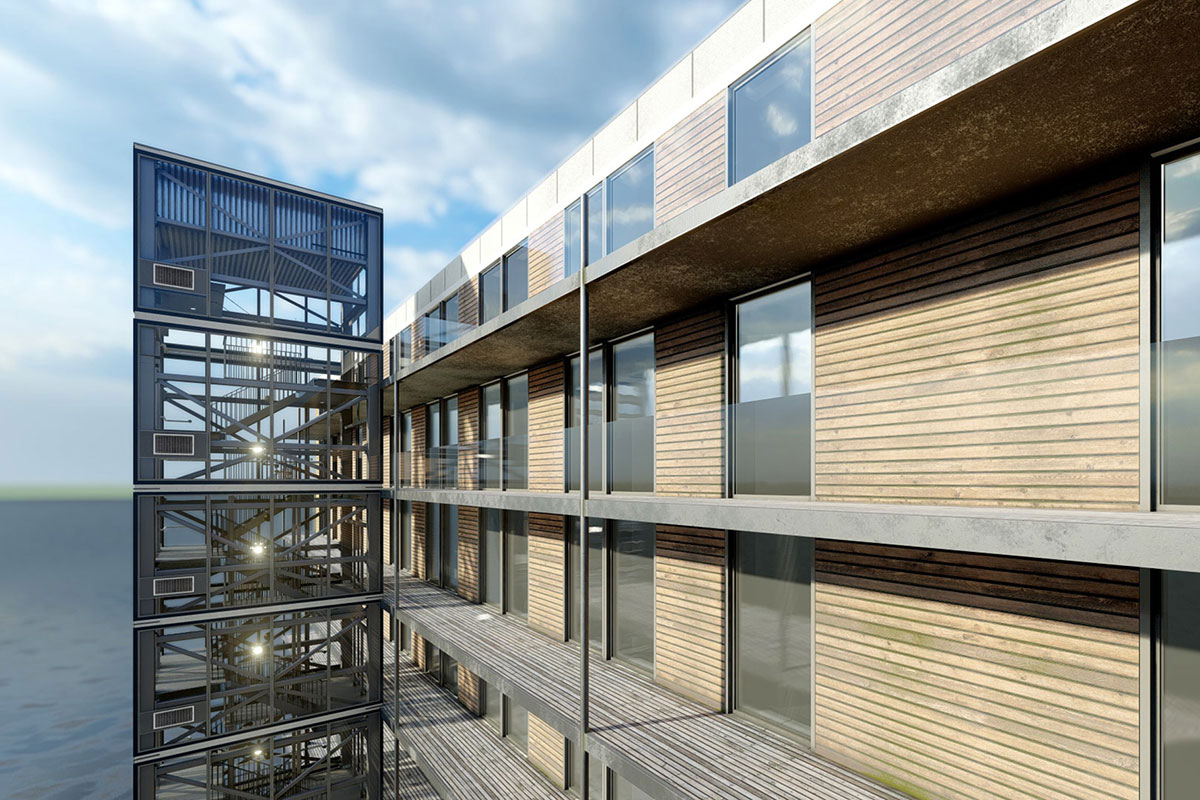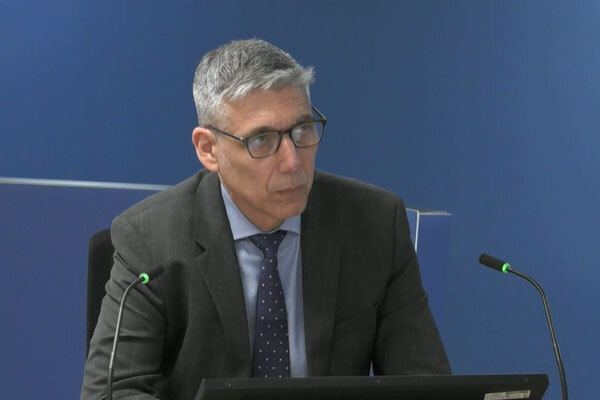Fire chiefs call for second staircases in new high-rise buildings
The government should change building regulations to require multiple staircases in all tall residential buildings in England, an influential body representing fire chiefs has said.
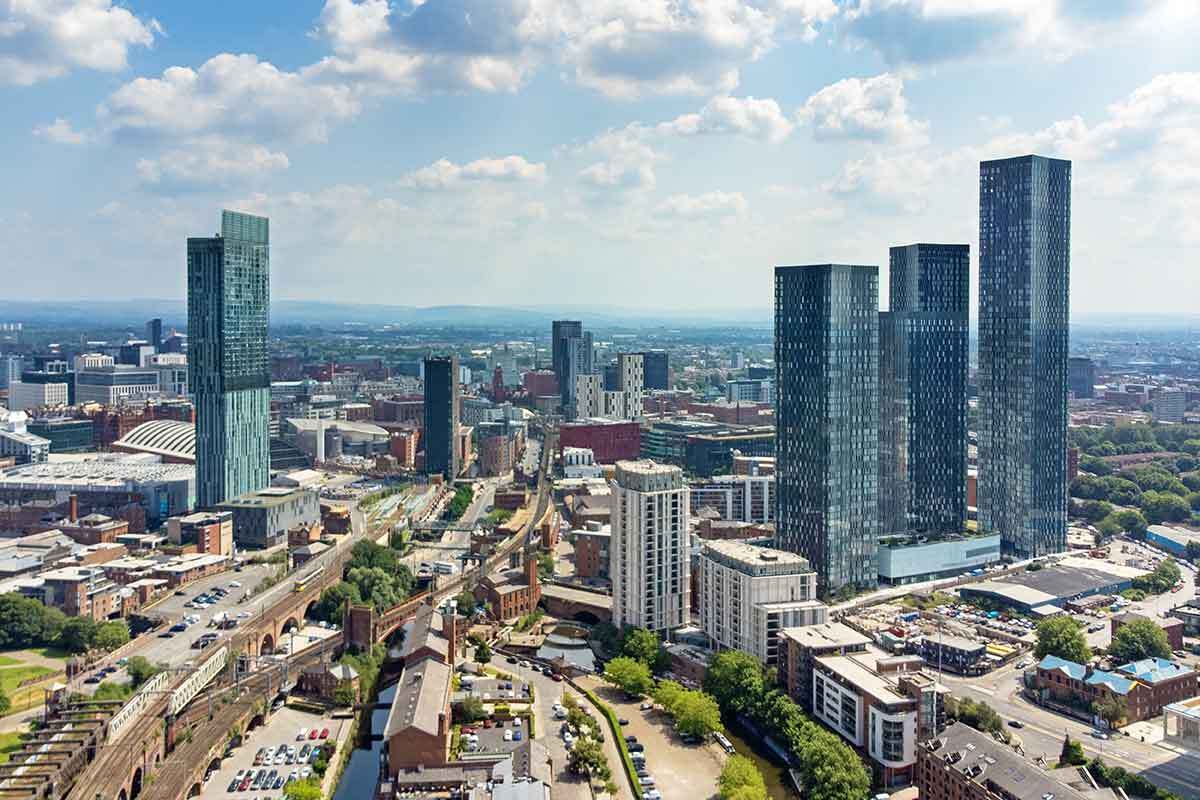
In an article written exclusively for Inside Housing, the National Fire Chiefs Council (NFCC) called on the government to make the requirement for two staircases mandatory in all buildings taller than 18 metres.
The NFCC said the government should require the retrofitting of sprinklers in existing buildings above this height threshold without a second staircase and that lifts in existing buildings should be installed or replaced for use in an evacuation.
UK building regulations only require one staircase in residential buildings – making the country an international outlier.
A research study comparing 30 building codes found that only England, Wales and South Korea do not have such a requirement. Requirements to do so for buildings taller than 18 metres have been introduced in Scotland.
Gavin Tomlinson, chair of the protection and business safety scrutiny committee at the NFCC, said: “We are calling on the government to ensure that all new high-rise residential buildings over 18 metres, or seven storeys, have more than one fire escape staircase. In the event of a fire, a correctly designed second staircase removes the risk of a single point of failure, buying critical time for firefighting activities and providing residents with multiple escape routes.”
The NFCC noted data showing that between April 2019 and March 2022, the London Fire Brigade attended 154 fires in high-rise buildings where more than 10 people evacuated. In total, 8,500 people evacuated during these incidents.
Writing for Inside Housing, Mr Tomlinson added: “It has now been over five years since the tragic events of the Grenfell Tower fire, in which 72 people lost their lives and a further 74 were injured. The government has made strides to ensure that the combustible cladding that exacerbated the fire is removed from all other high-rise residential buildings.
“However, Grenfell exposed the historical and systemic flaws in our built environment that extend beyond cladding. We should not simply look at defects, but towards holistic improvements to fire safety arrangements. Reform in these areas, however, lags dangerously behind.”
During the Grenfell Tower fire, the single escape staircase became compromised with smoke during a relatively early stage of the incident. This was due to malfunctioning fire doors and the regular opening and closing of doors that separated the stairs from the lobby, which were themselves thick with smoke.
It was also because the firefighters who attended on the night, following standard operating procedures, propped open a door to the stairwell in order to run hoses through it.
By the time many residents – who had originally been advised to stay put – attempted to escape, they were forced to attempt to leave through a stairwell that was pitch black with smoke and clogged with firefighting equipment.
A second staircase would mean the firefighting operation could take place in a different stairwell to the evacuation of residents.
Evacuation lifts were also not installed at Grenfell Tower, which reduced the chances of firefighters to rescue trapped residents who could not escape. Three residents died in the early stages of the fire after trying to exit in a lift that stopped unexpectedly on a smoke-logged landing on the 10th floor.
The government was advised to “encourage” social housing providers to fit sprinklers in high-rise buildings in 2013 by the coroner investigating six deaths in the Lakanal House fire four years earlier. No action was taken as a result.
Even after Grenfell, sprinklers were branded “additional not essential” by ministers when councils sought funding to retrofit them.
A DLUHC spokesperson said: “We’re bringing in the biggest improvements to building safety in 40 years – with tougher regulations that will give more rights and protections for residents and make homes safer.
“The new Building Safety Regulator will enforce a more stringent regulatory regime for high-rise residential buildings and other buildings in scope and oversee the safety and performance of all buildings.
“We will shortly be launching a consultation on building regulations fire safety guidance, including the number of staircases needed to ensure residents are safe in the event of a fire”.
Sign up for our fire safety newsletter
Already have an account? Click here to manage your newsletters
